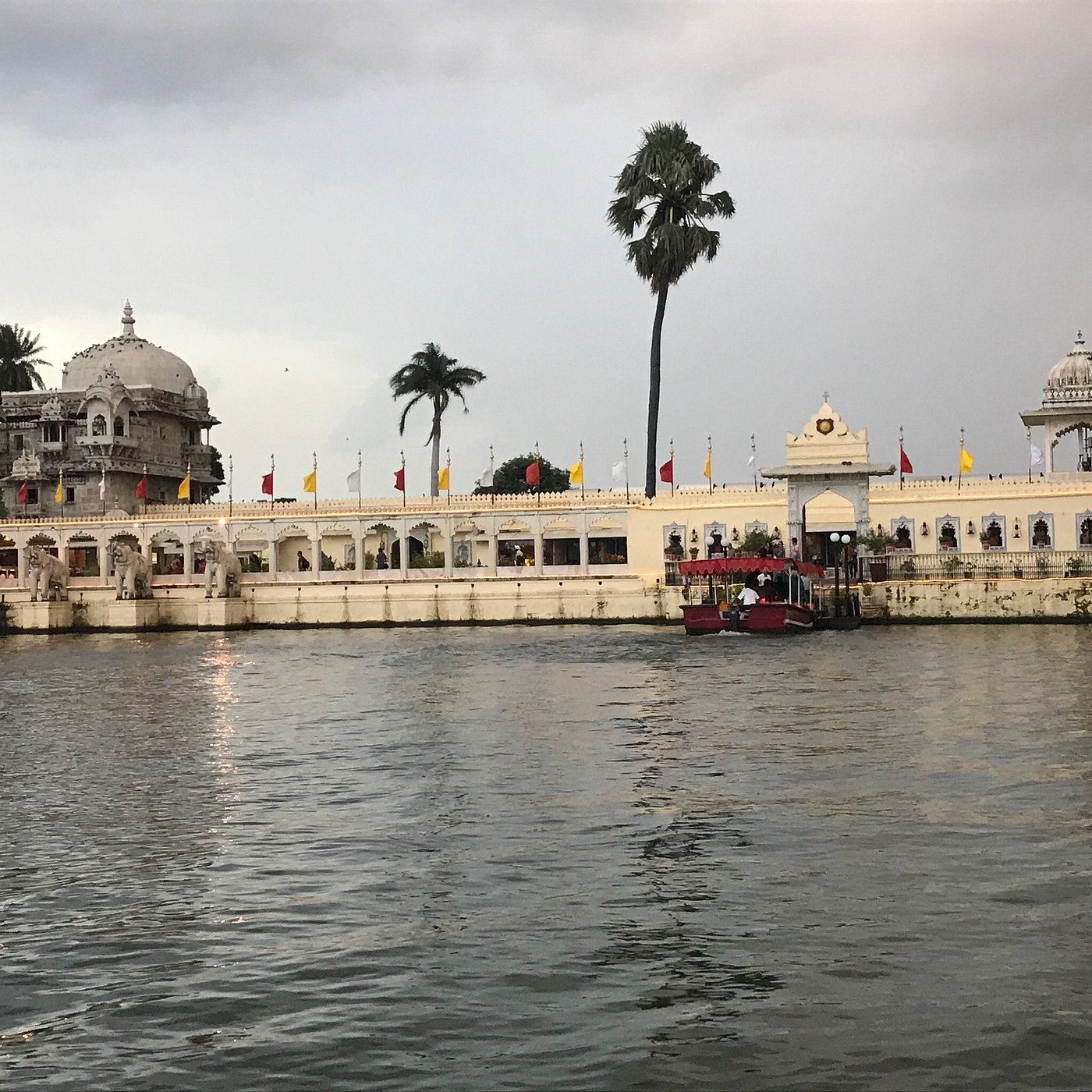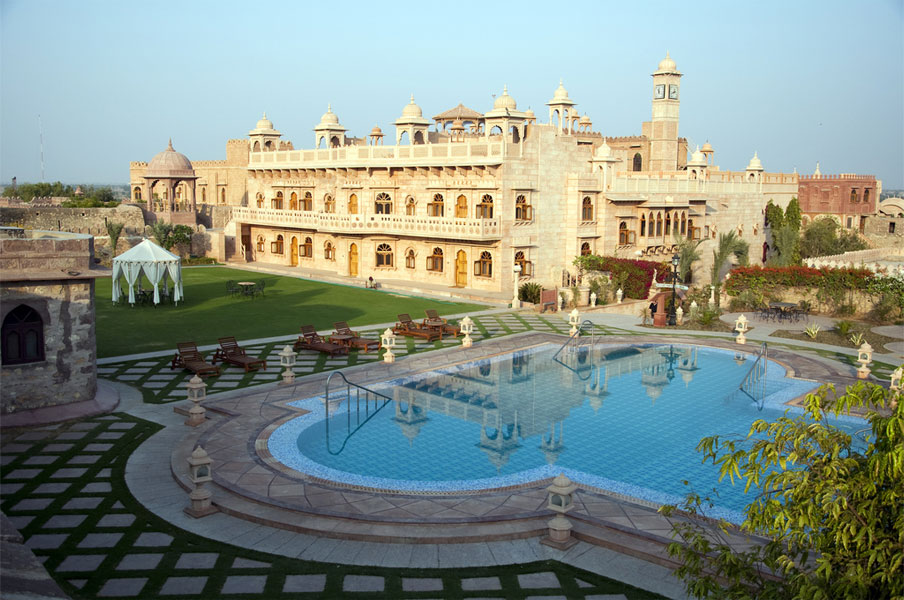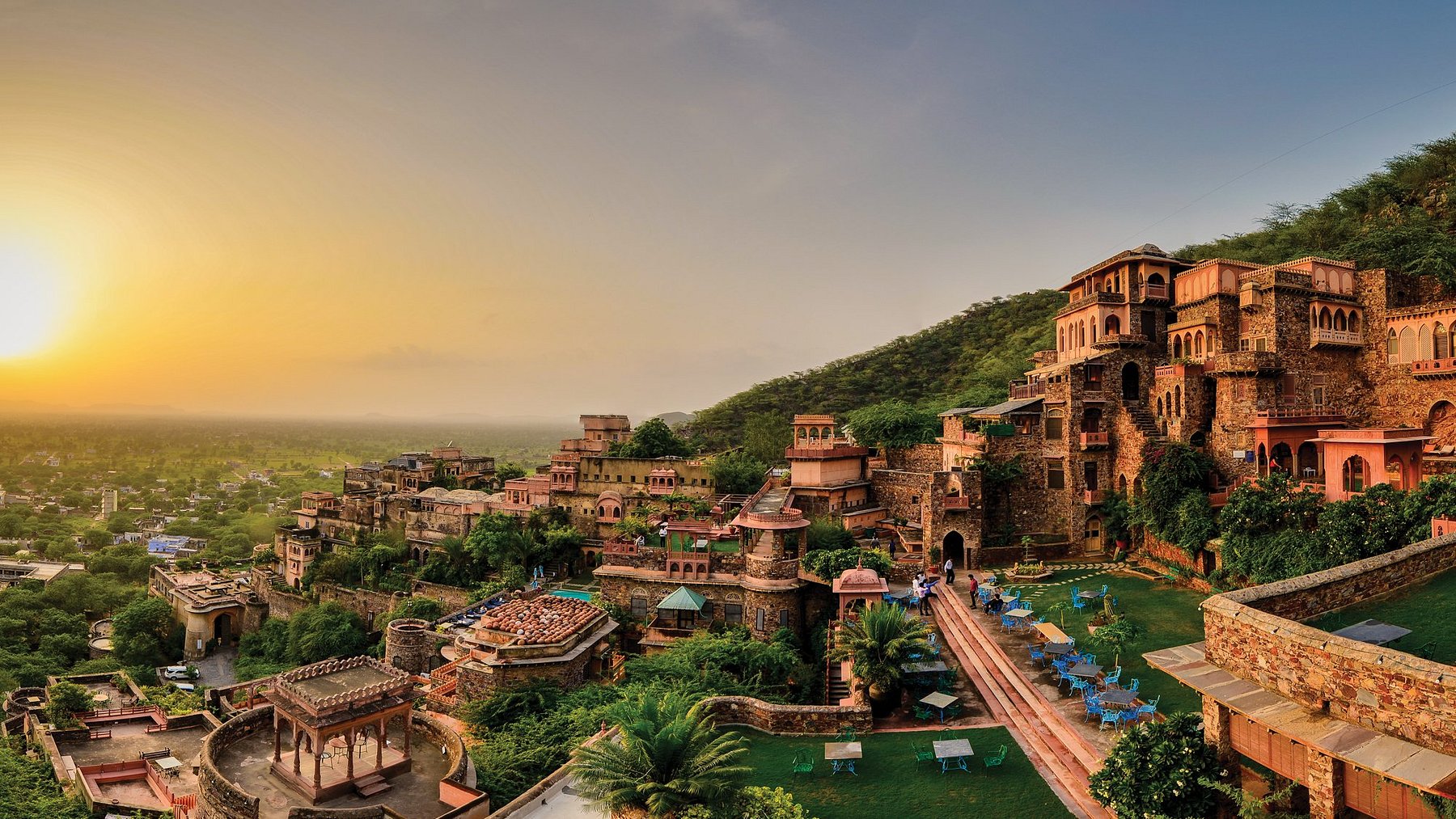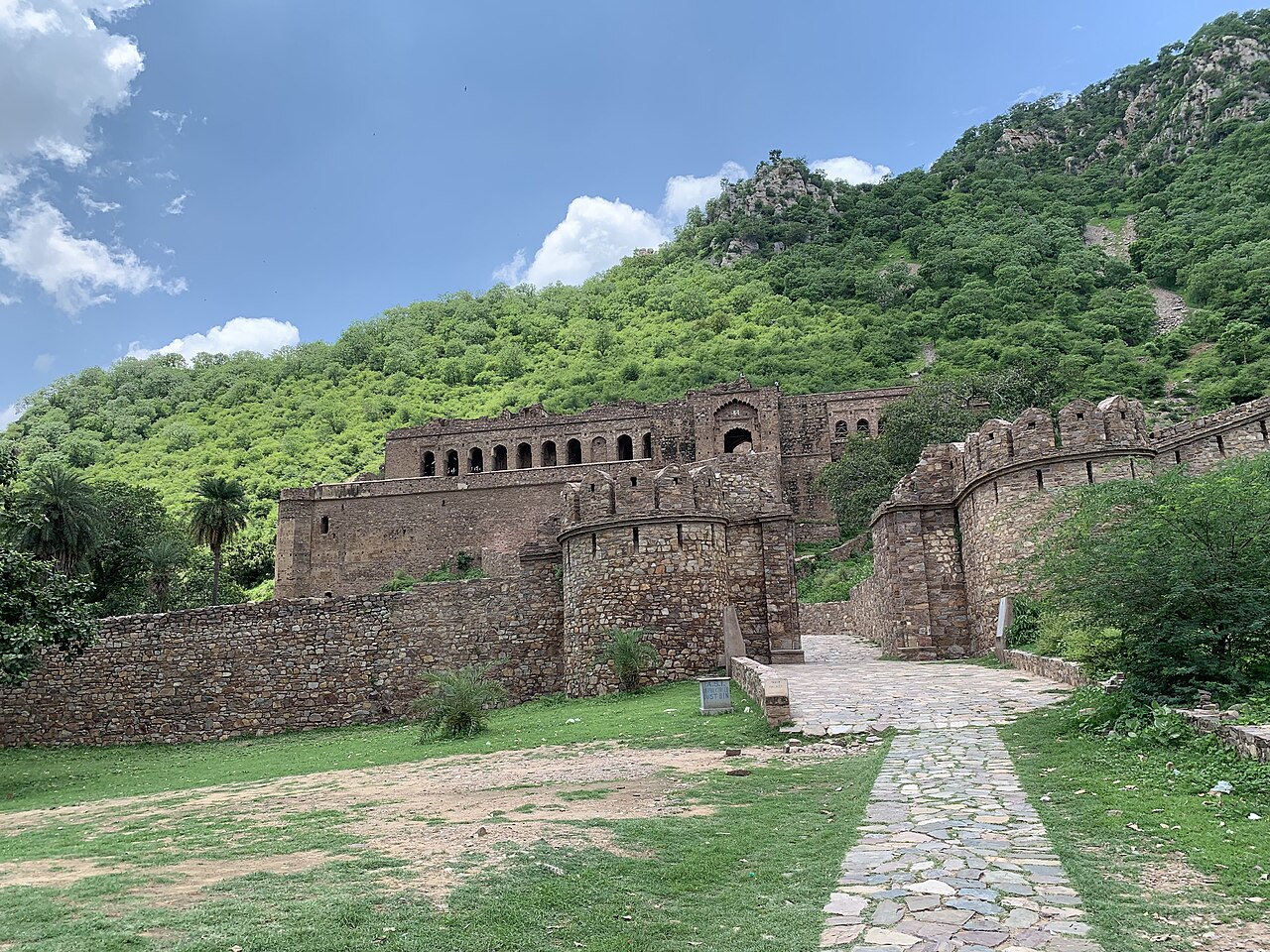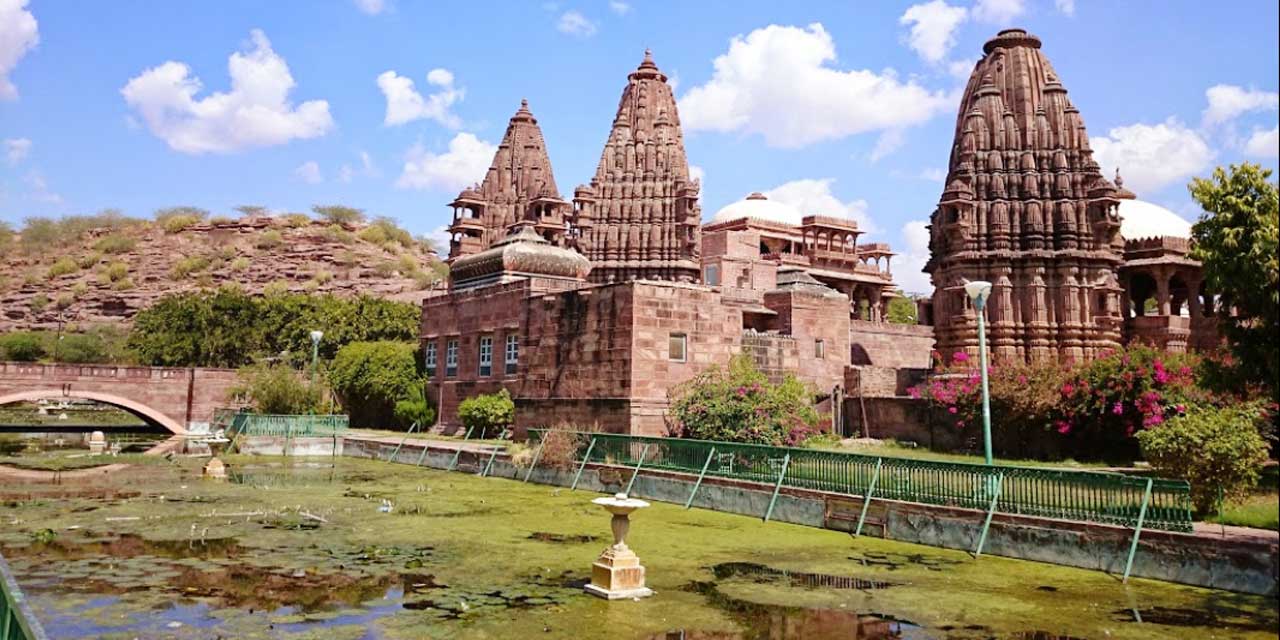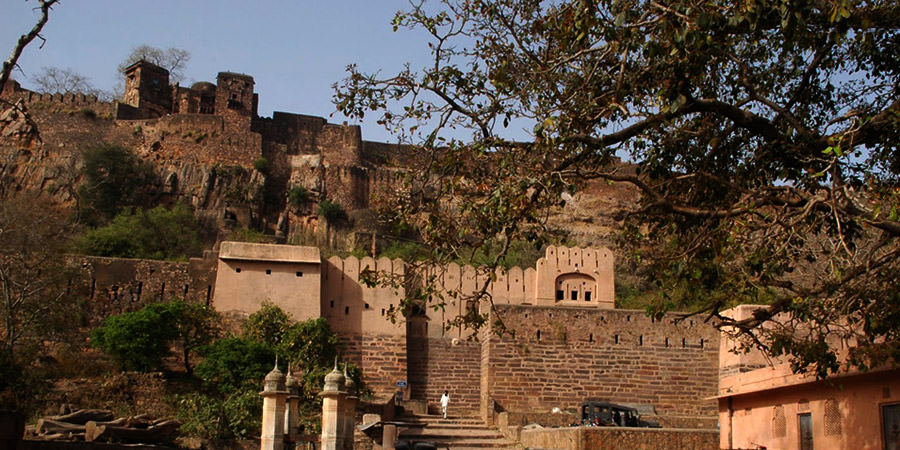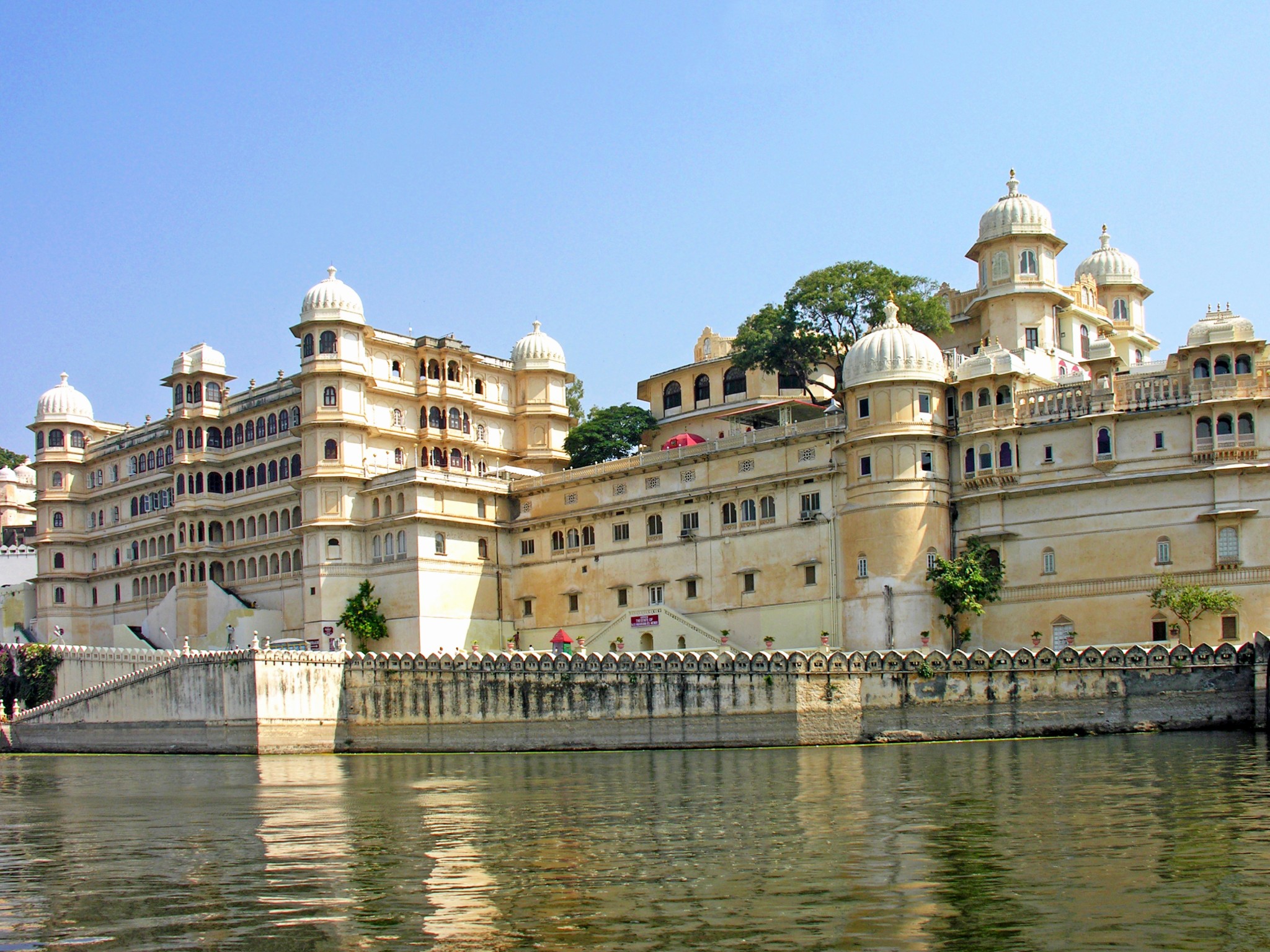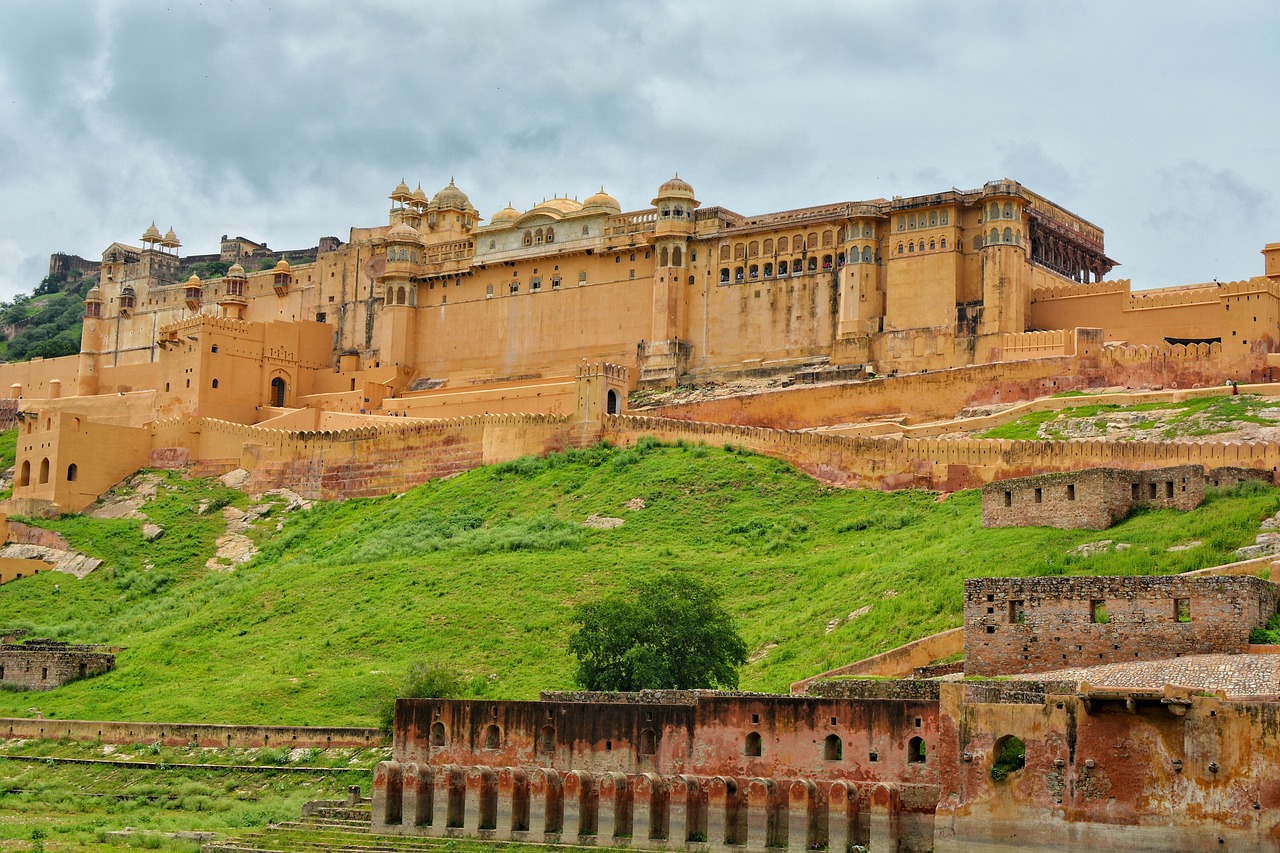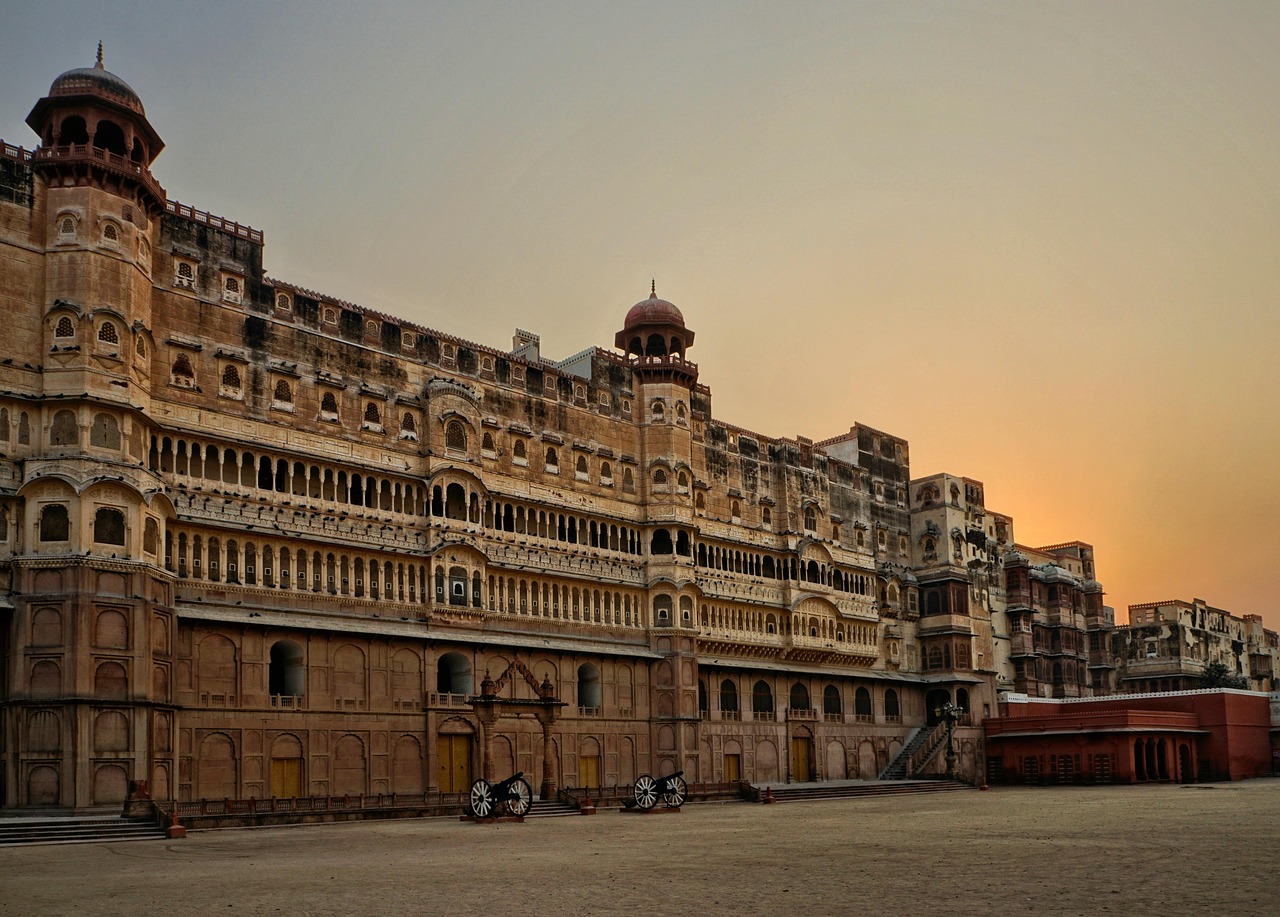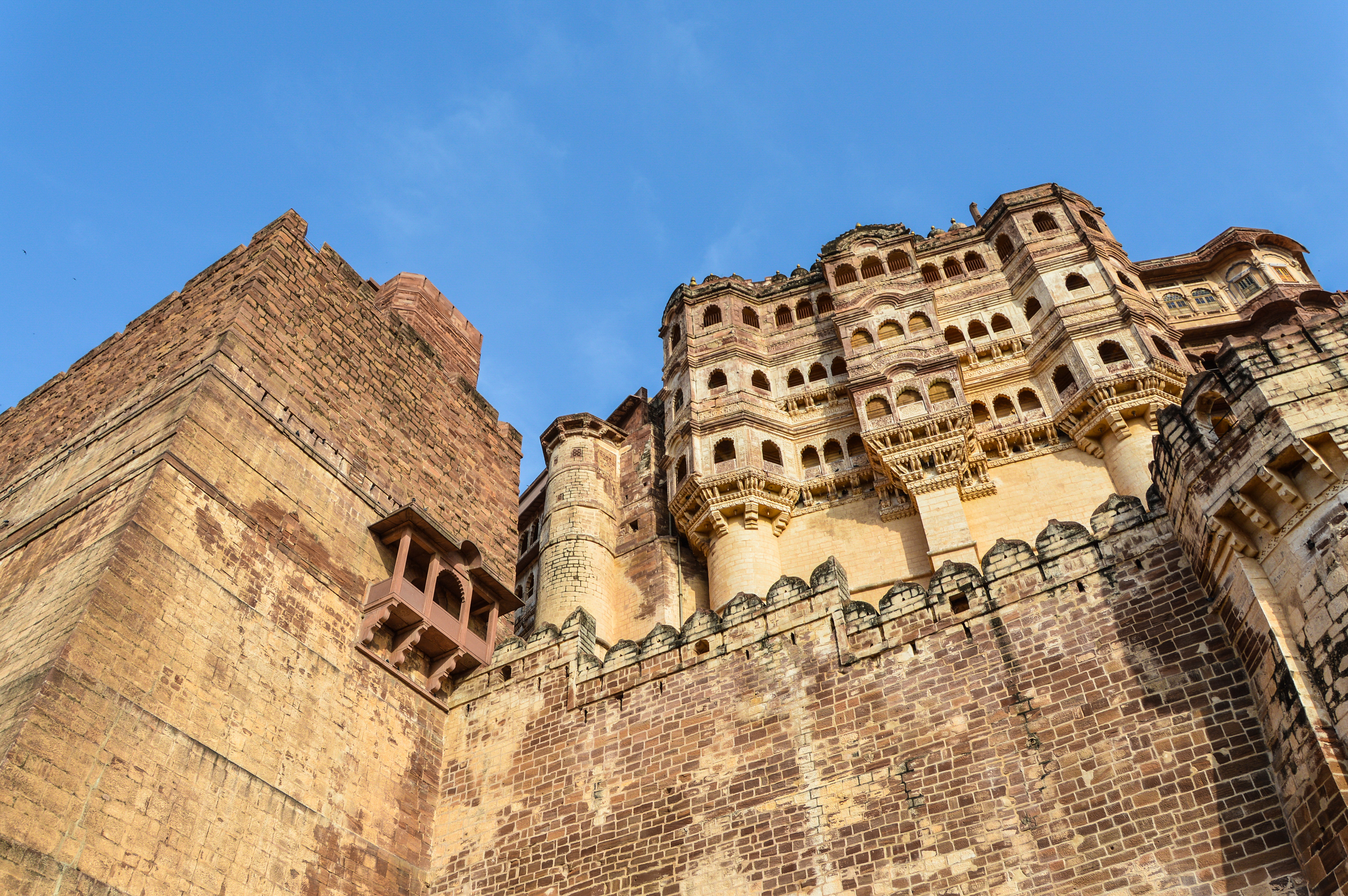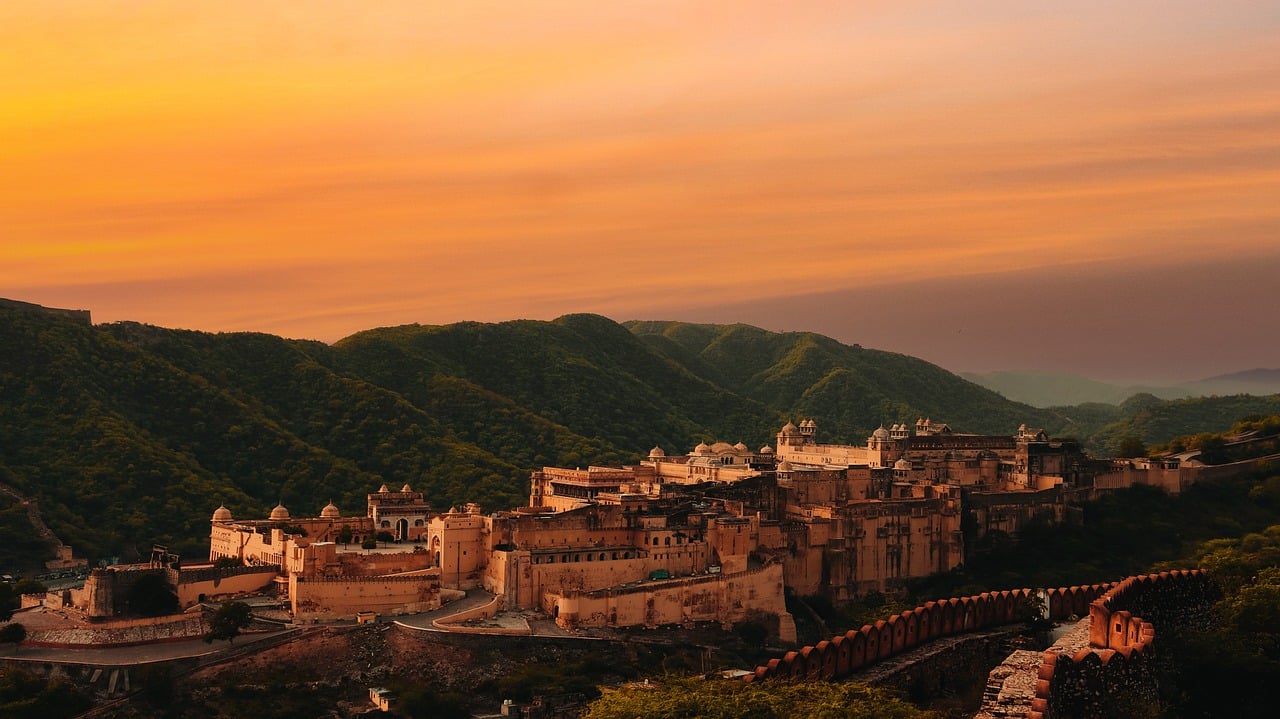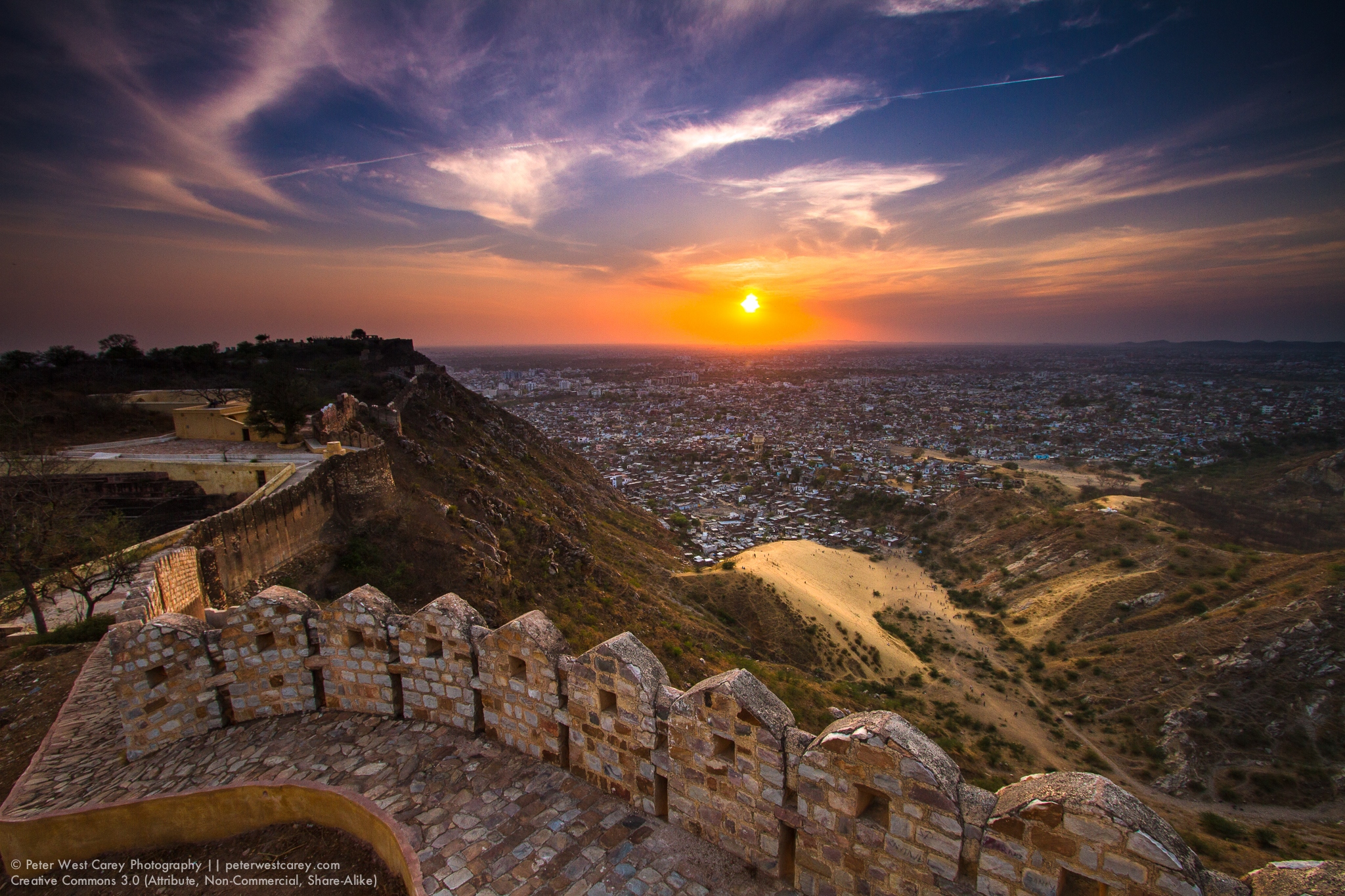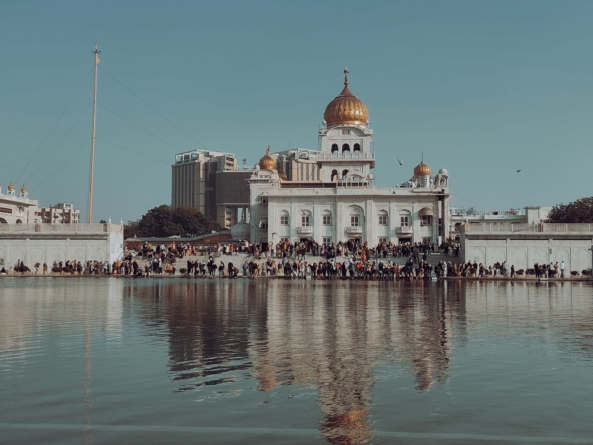Bangla Sahib Gurudwara Delhi – A Spiritual Haven in the Heart of Delhi
Bangla Sahib Gurudwara is one of the most prominent Sikh shrines located in New Delhi, India. It was built in the 17th century by Sikh guru, Guru Harkrishan Sahib Ji. The Gurudwara is named after Raja Jai Singh’s palace, which previously stood at the site.
Bangla Sahib Gurudwara is a symbol of the Sikh faith and hospitality, and it attracts thousands of visitors every day. It is a peaceful and spiritual place where people come to offer their prayers and seek solace.
Contents
History of Bangla Sahib Gurudwara Delhi
Bangla Sahib Gurudwara has a rich history dating back to the 17th century. The site where the Gurudwara stands today was originally the residence of Raja Jai Singh, a Mughal courtier during the reign of Emperor Aurangzeb.
In 1664, the eighth Sikh Guru Har Krishan Sahib Ji, came to Delhi to help the people suffering from the smallpox epidemic. He stayed in Raja Jai Singh’s palace and provided medical aid to the people. Guru Har Krishan Sahib Ji contracted the disease and passed away at the young age of eight. The gurudwara was built at the site to commemorate his visit and to honor his selfless service to the people of Delhi.
Over the years, the gurudwara underwent several renovations and expansions. In the early 20th century, a new building was constructed with the help of generous donations from Sikh devotees. The Gurudwara also played a significant role in India’s freedom struggle. During the Quit India Movement in 1942, the gurudwara served as a refuge for political activists who were evading arrest.
Today, Bangla Sahib Gurudwara is not only a place of worship but also a symbol of Sikh heritage and hospitality. It continues to attract thousands of visitors from all over the world, who come to seek spiritual solace and participate in the gurudwara’s various charitable activities.
Architecture and Design of the Gurudwara
The architecture and design of Gurudwara reflect the rich Sikh heritage and culture.
Here are some features of the Bangla Sahib Gurudwara’s architecture and design:
1- Main Building: The main building of the Gurudwara has a distinctive dome-shaped structure that resembles the Golden Temple in Amritsar, Punjab. The structure is made of white marble and features intricate carvings and ornate decorations.
2- Sarovar: The Gurudwara’s Sarovar, a large pool of water, is located in the center of the complex. The Sarovar is surrounded by a walkway, and visitors are welcome to take a dip or wash their feet before entering the Gurudwara.
3- Langar Hall: The Langar Hall is a large dining hall where free meals are served to all visitors, regardless of their caste, religion, or social status. The hall can accommodate up to 5,000 people at a time and features a modern kitchen and dining facilities.
4- Prayer Hall: The Prayer Hall is the main attraction of the Gurudwara. The hall is located on the first floor and can accommodate up to 3,000 people at a time. The hall features a golden canopy over the Guru Granth Sahib, the holy book of the Sikhs. The walls of the hall are decorated with intricate paintings and carving depicting scenes from Sikh history.
5- Architecture: Gurudwara’s architecture combines traditional and modern styles, with a blend of Mughal and Rajasthani architectural elements. The complex features marble floors, ornate pillars, and intricate carvings and decorations. The overall design of the Gurudwara is meant to evoke a sense of peace and serenity.
Services and Facilities Offered at the Gurudwara
Bangla Sahib Gurudwara offers various services and facilities to visitors, including:
1- Darshan: The Guru Granth Sahib, the Sikhs’ sacred book, is housed in the Gurudwara’s main prayer hall, where guests are welcome to pray and ask for blessings.
2- Langar: The Gurudwara serves free meals to visitors at its langar hall, where everyone is welcome to eat regardless of their religion, caste, or gender.
3- Accommodation: The Gurudwara offers free accommodation to visitors in its Sarai (inn). The rooms are clean, comfortable, and equipped with basic amenities. Bedding, water, and electricity are available.
4- Medical Facilities: The Gurudwara has a medical facility that provides basic medical services to visitors in need. There is also a pharmacy where visitors can buy medicines at discounted rates.
5- Sarovar: The Gurudwara has a holy water tank (Sarovar) where visitors can take a dip as well as seek blessings.
6- Shoe Stand: Visitors can keep their shoes in the shoe stand before entering Gurudwara’s premises.
7- Wheelchair Service: The Gurudwara provides wheelchair service to elderly or disabled visitors who need assistance.
8- Religious Bookshop: There is a bookshop within the Gurudwara’s premises that sells religious books, souvenirs, and other items related to Sikhism.
9- Parking Facilities: Moreover, the Gurudwara has a dedicated parking area for visitors.
Visiting Bangla Sahib Gurudwara Delhi – Tips and Guidelines
Here are some tips and guidelines to keep in mind, when you’re visiting Bangla Sahib Gurudwara in Delhi:
1- Dress appropriately: As a place of worship, it’s important to dress modestly and respectfully. Cover your head with a scarf or hat before entering the main prayer hall, and avoid wearing shorts, or skirts.
2- Keep your shoes outside: Shoes are not allowed inside the Gurudwara premises. So keep them in the designated shoe stand before entering.
3- Be respectful: Show respect to the Sikh religion and its customs. Avoid touching the holy book or any religious objects with your feet. Avoid smoking or consuming alcohol while on Gurudwara’s premises.
4- Follow the queue system: The Gurudwara is crowded during peak hours. Follow the queue system and wait for your turn to offer prayers or take a dip in the Sarovar.
5- Join the langar: Don’t miss out on the langar (free meal) offered at the Gurudwara. It’s a great way to experience Sikh hospitality and community spirit.
6- Keep the premises clean: Help maintain the cleanliness and hygiene of the Gurudwara by disposing of trash in the designated bins.
7- Photography: While photography is allowed in most parts of the Gurudwara, it’s always good to ask for permission before taking pictures of people or religious objects.
8- Respect the privacy of others: Some visitors may be there for personal reasons, so respect their privacy and avoid staring at or taking pictures without their consent.
How to reach Bangla Sahib Gurudwara, Delhi
Bangla Sahib Gurudwara is located in the heart of New Delhi and is easily accessible by various modes of transportation. Here’s how you can reach it:
1- By Metro: The nearest metro station to Bangla Sahib Gurudwara is Rajiv Chowk Metro Station, which is on the Blue and Yellow lines of the Delhi Metro. From the station, you can take an auto-rickshaw or a cycle rickshaw to reach the Gurudwara.
2- By Bus: Delhi Transport Corporation (DTC) buses and other private buses connect Bangla Sahib Gurudwara to different parts of the city. You can take buses like 883, 522, 543, 522CL, and 512 to reach the Gurudwara.
3- By Taxi: You can hire a taxi or cab from any part of the city to reach Bangla Sahib Gurudwara. You can book a taxi or cab online or use ride-hailing apps like Uber or Ola.
4- By Auto-rickshaw or Cycle-rickshaw: Auto-rickshaws and cycle-rickshaws are easily available in Delhi and are a convenient as well as affordable mode of transportation to reach the Gurudwara.


